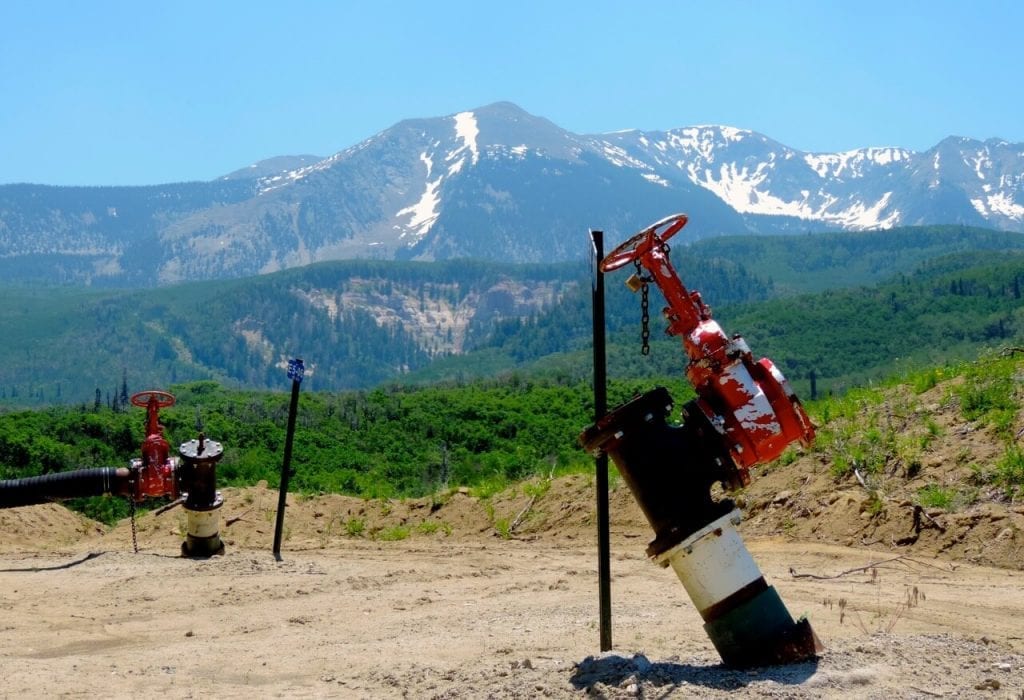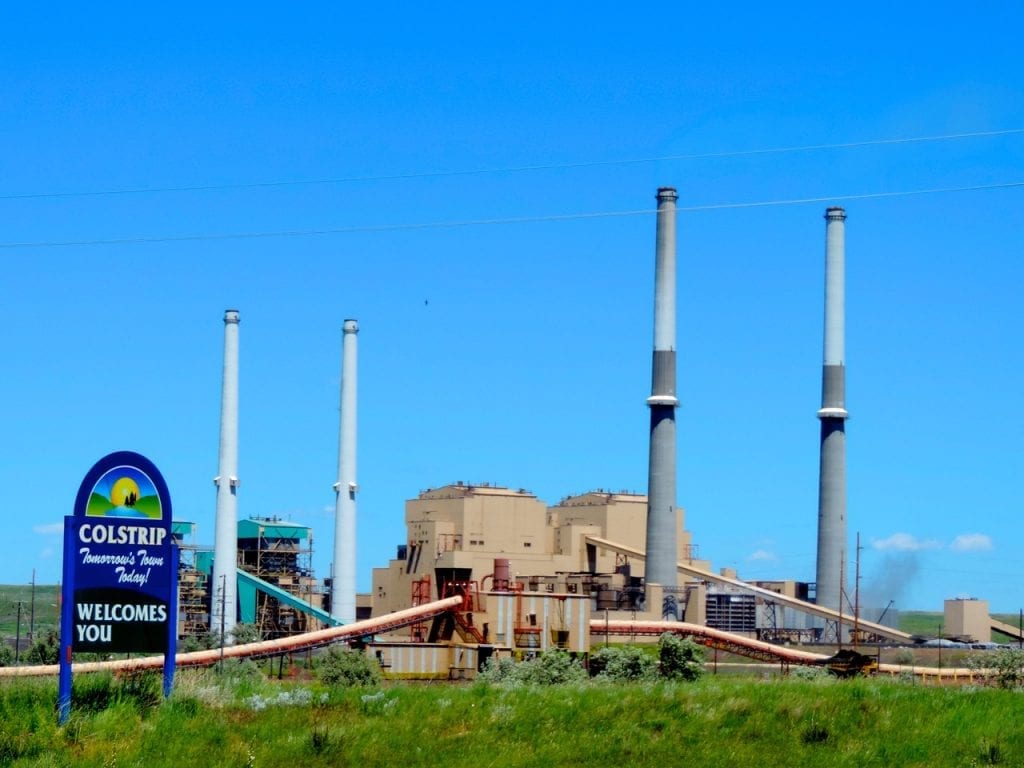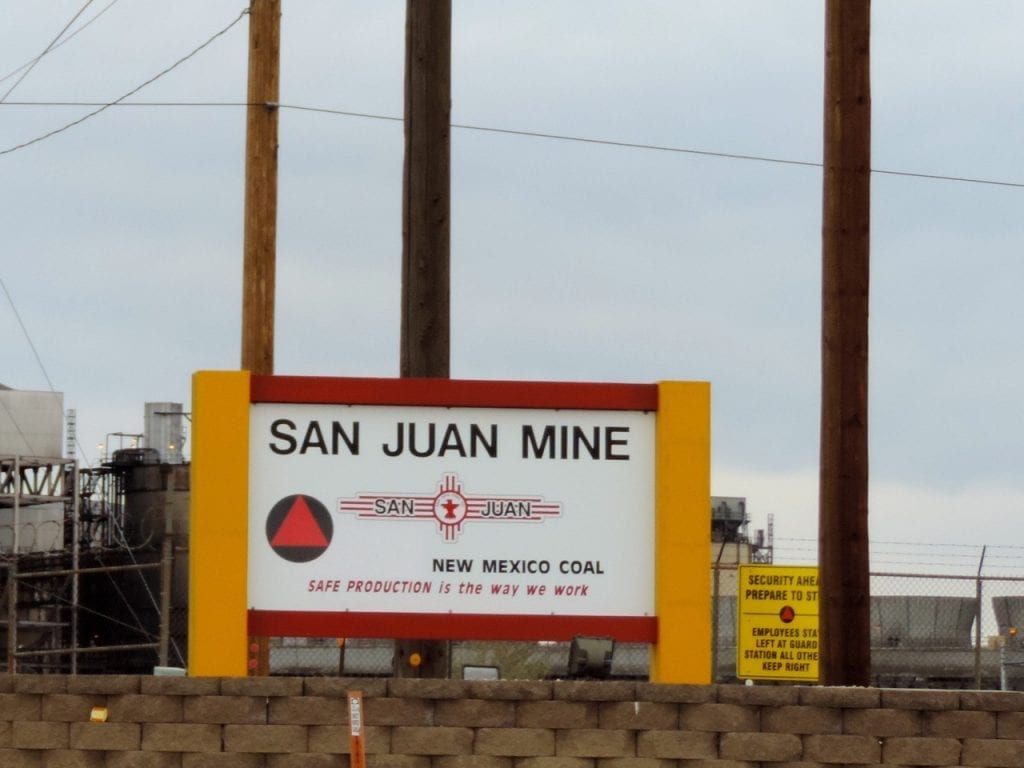
Methane venting at West Elk coal mine in western Colorado.
The U.S. Environmental Protection Agency this week released industrial greenhouse gas emissions data for 2017 and while the news centered on the fact that there was a 3% overall reduction in pollution, there are some surprising details among the reporting.
Yes, the data continues to show that coal-fired power plants are the largest single sources of carbon pollution in America, that’s not a surprise. We know that coal-fired power plants have always been the single largest industrial source of climate pollution.
Out of the top 100 sources, 92 were coal-fired power plants, including the James H. Miller plant in Alabama, which released nearly 21 million metric tons of carbon–that equals the annual emissions of 4.4 million cars.
In the American West, the Navajo Generating Station in Arizona and Colstrip Power Plant in Montana were among the top ten largest coal-fired power plant emitters in the U.S.

However, what was really surprising was where coal mines stacked up as sources of methane emissions. Methane is a potent greenhouse gas with 86 times more heat-trapping capacity than carbon dioxide.
While over the years, there’s been a lot of focus on methane emissions from the oil and gas industry, the Environmental Protection Agency’s latest report actually shows that coal mines are an equally significant problem.
Nationwide, coal mines make up the top six methane emitters and 22 of the top 50 emitters. This methane is released both through normal ventilation shafts, but also through the drilling of methane venting wells above underground mines.
Here in the American West, it was striking to see that in Colorado, Arch Coal’s West Elk mine was the largest single source of methane emissions in the state and that in New Mexico, Westmoreland’s San Juan mine was the largest single source of methane emissions in the state.
According to the Environmental Protection Agency, the West Elk mine released the equivalent of 441,942 metric tons of carbon pollution and the San Juan mine released the equivalent of 699,815 metric tons of carbon pollution.

While coal mines overall aren’t the largest source of methane emissions in the U.S., the fact that individual mines release so much carbon pollution raises the question of why more isn’t being done to address this problem.
And it also raises the question of what in the hell are we doing letting coal mines vent such huge amounts of methane on top of fueling coal-fired power plants?
It just underscores that to truly confront the climate crisis, the coal industry, from top to bottom, needs to be put out of business.
And it underscores why we’re confronting methane emissions at the West Elk and other coal mines in the American West.
In the meantime, check out the national map of sources of greenhouse gas emissions, check it out below or click here to access an interactive map showing where the largest and smallest U.S. sources of carbon pollution are located.